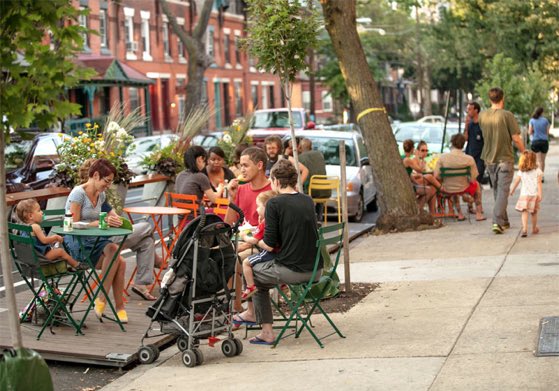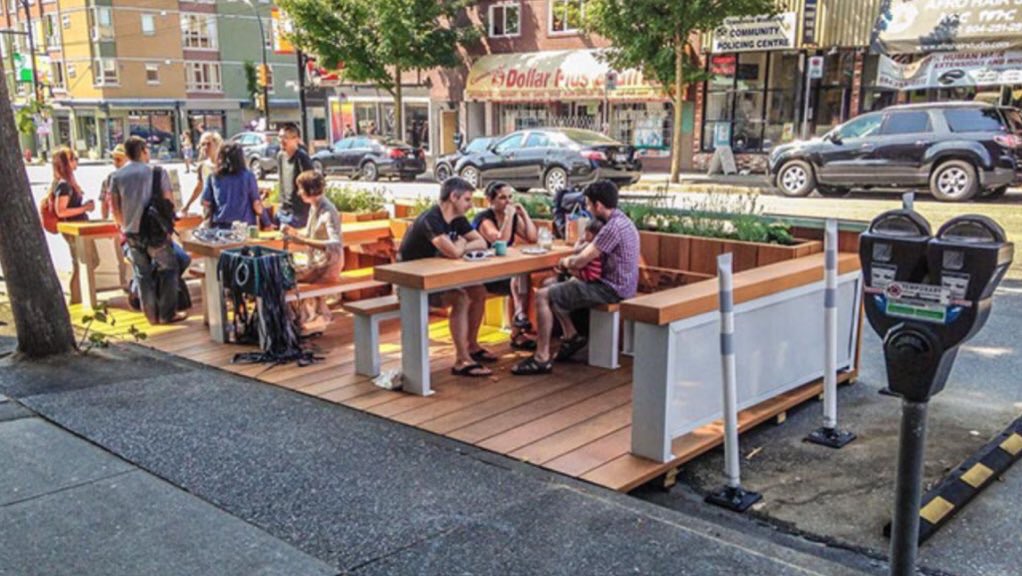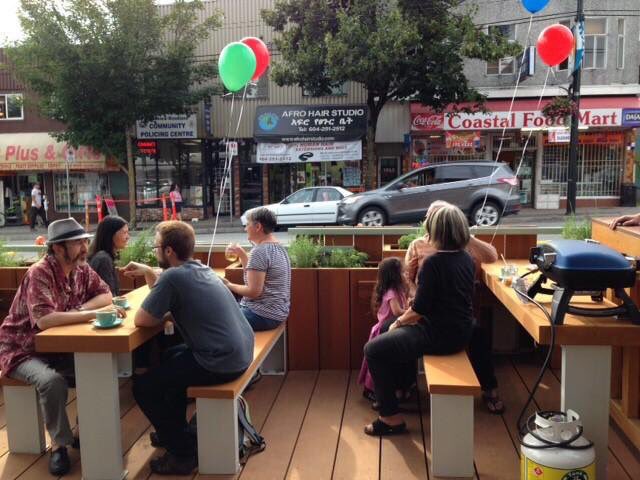Discover and read the best of Twitter Threads about #placemaking
Most recents (11)
In our new edited book #Hyperlocal, @natestorring and I along w/multiple authors explore how now more than ever there is an urgent need to reexamine how public, private, and community stakeholders can together govern places. brook.gs/3zgYelW 1/10
In Ch 1 of #Hyperlocal, @lohplaces & I say in the act of #placemaking, groups are projecting preferences about their places, in turn exerting power. The chapter defines place, placemaking & place governance and tees up the book’s key themes. brook.gs/3zgYelW 2/10
In Ch 2 of #Hyperlocal, Alexander Von Hoffman discusses the history of American place governance as an undertaking of both elites & everyday citizens. It chronicles the evolution of these arrangements and their role in shaping communities over time. brook.gs/3zgYelW 3/10
Movement producer @ian_coss is visiting professor @eisenberg_andy’s Anthropology of Music call in advance of tonight’s premiere. Follow along. 

Director of Artistic Planning @linseybostwick opens by talking about the deep curricular relationship between artists work as learning and research tools with the @NYUAbuDhabi curriculum.
Opening with an intro of @ian_coss as an applied ethnomusicologist and how his process of research and storytelling complements anthropological and more core academic approaches.
Just saw www--arc.com via @WeAreNew_Public -- oof so many ahistorical & media literacy discipline errors in this. This is why Postman warned us: “What changes in language are being enforced by new technologies, and what is being gained and lost by such changes?” 🧵
The Libertarian/anarcho capitalist bias of Silicon Valley to redefine privatized space as #publicspace is a threat to publicness, commons, democracy etc. It seems often unquestioned as so many lose contact with actual public spaces in cities. A trance in neo-feudalist simulacra.
This change in language to make virtual extended simulations of place experience be equivalent or reified over embodied real community places, is also core to anarcho-capitialism's anti-democratic eco-fascist worldviews.
Recently, I was asked to give a seminar for @mhclg’s planners on the challenges faced by local authority planners delivering against the #climateemergency, because I work with lots of councils & I’m also Cabinet Member for Forward Planning at @CotswoldDC. So I know some stuff.
First up, I did the ‘we’re all doomed’ bit. You know, the rollercoaster graphs steeply going up and the even steeper graphs of how emissions need to come down.
Then I mentioned about how most plans are running for about another 10-15 years and they need re-writing immediately because most of them pay diddly-squat attention to the ‘what goes up must come down graphs’ from the ‘we’re all doomed’ bit.
1/6 How are 3D city models used by the industry? 5 City models User Case Studies (videos) using our 3D London and 3D Dublin models.
As we arrive at May, the need to ensure Vancouver's public space – and in particular it's street network - supports safe #PhysicalDistancing is as important as ever. The curve appears to be flattening in BC, but the challenges posed by #COVID19 are far from over. [Thread] /1
Back in March (which, using #COVIDTime, seems like a year ago) we came out w/recommendations for Open & Safe Streets. We’ve updated these a few times & will soon release a new version. Nicer design, more photos, illustrations by @Dereklansonlee of @pwlpartnership. Stay tuned! /2
Current version accessed here: vancouverpublicspace.ca/2020/04/07/cov… /3
@plnzcourses RT @FormBasedCodes Bring your understanding of #formbasedcodes up a notch in 2020! - FBC 101 online via @planetizen buff.ly/39yg7Ol
@plnzcourses @FormBasedCodes @planetizen Urban Planning in the 2010s. A first draft of the urban planning history of the 2010s. @planetizen HT @spacingvan via @YouTube
@plnzcourses @FormBasedCodes @planetizen @spacingvan @YouTube Zoning codes are the unseen, yet decisive guiding force that can either help or hinder the creation of great, walkable, people-scaled places. This primer gives you the basics on form-based codes... @FormBasedCodes
formbasedcodes.org/blog/zoned-gre…
formbasedcodes.org/blog/zoned-gre…
Wanted to share my top 20 pieces of content from 2019. Hope they inspire you as they did me 👇
1/ Towards a New System of Community Wealth by @DrexelLab as a paper breaking down the structural inefficiencies that exist in modern America for creating sustainably productive communities drexel.edu/nowak-lab/publ…
@DrexelLab 2/ Wellbeing should replace growth as 'main aim of UK spending' from @RJPartington. This will become more relevant as "growth" yields consequences too great to ignore in the 21st century. theguardian.com/politics/2019/…
Back to NYC - thanks to @sotonobaplace for such an inspiring week exploring #tacticalurbanism, #placemaking in Japan. Here are some thoughts from my time here, with recognition that one week is hardly the time required to understand a city as complex as Tokyo. 

Thread:
#StreetFood on @Netflix is a glorious AND timely reminder of the power of street food in the daily rituals of cities. I was fortunate enough to study #Portland’s street food scene. There are usually 4 key narratives that shape street food sites (and cities).
#StreetFood on @Netflix is a glorious AND timely reminder of the power of street food in the daily rituals of cities. I was fortunate enough to study #Portland’s street food scene. There are usually 4 key narratives that shape street food sites (and cities).
Briefly, they are:
1. Food Stories - Here, the food served reflects the vendors’ desired cultural identity markers - manifested in terms of the way the food is presented, the culinary history of the food and the name of the food item on the menu.
1. Food Stories - Here, the food served reflects the vendors’ desired cultural identity markers - manifested in terms of the way the food is presented, the culinary history of the food and the name of the food item on the menu.
2. Owners’ Stories - The second narrative is the social profile of the proprietors and how they externalise their personal identity in their daily interaction with the public. In short, their stories, values and histories. #StreetFoodNetflix does this beautifully.
"People said #Copenhagen was too far north for sidewalk cafés. They said “we’re not the Italians.” Now there are 7,000+ outdoor seats downtown." — Jan Gehl, @citiesforpeople. #StickyStreets #StreetsForPeople 
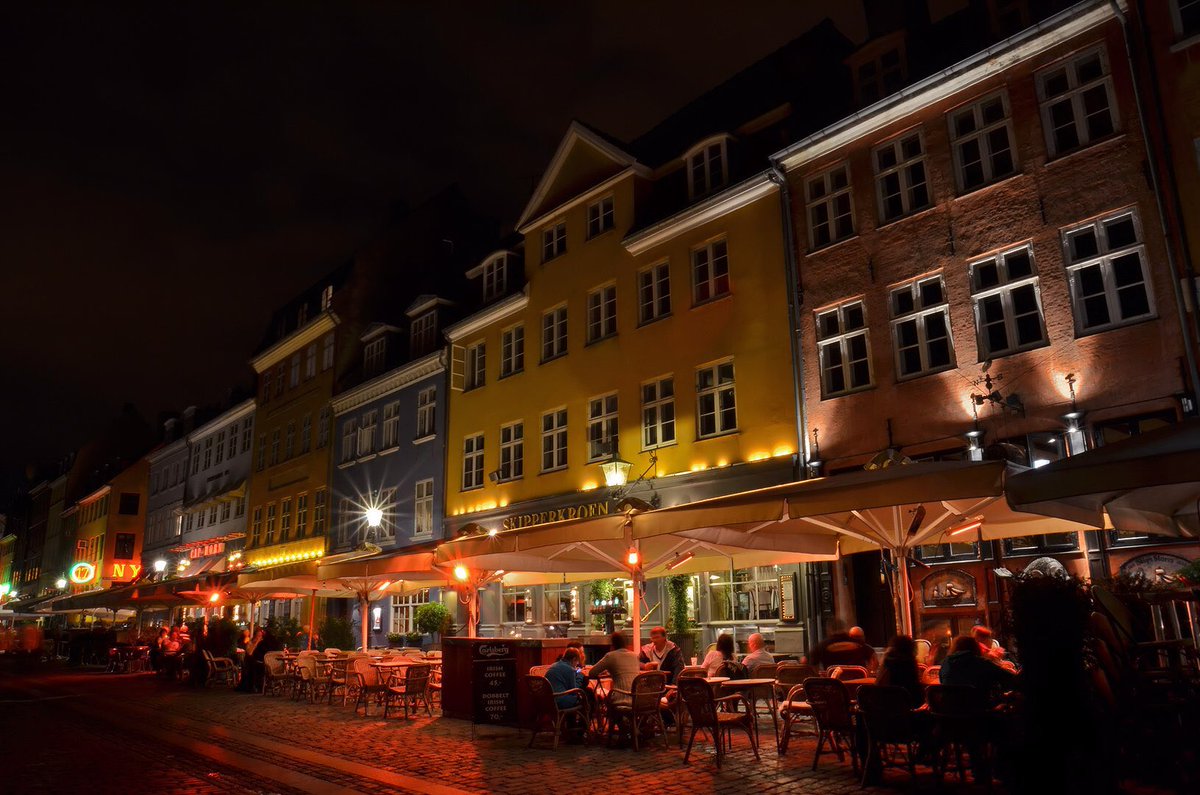
One of my most important conversations ever was an early 1 with my friend Jan Gehl, who noted how we can double the # of people in a place by doubling the # who come, OR by doubling how long they stay. The latter is MUCH easier. A formative observation for my #StickyStreets work. 



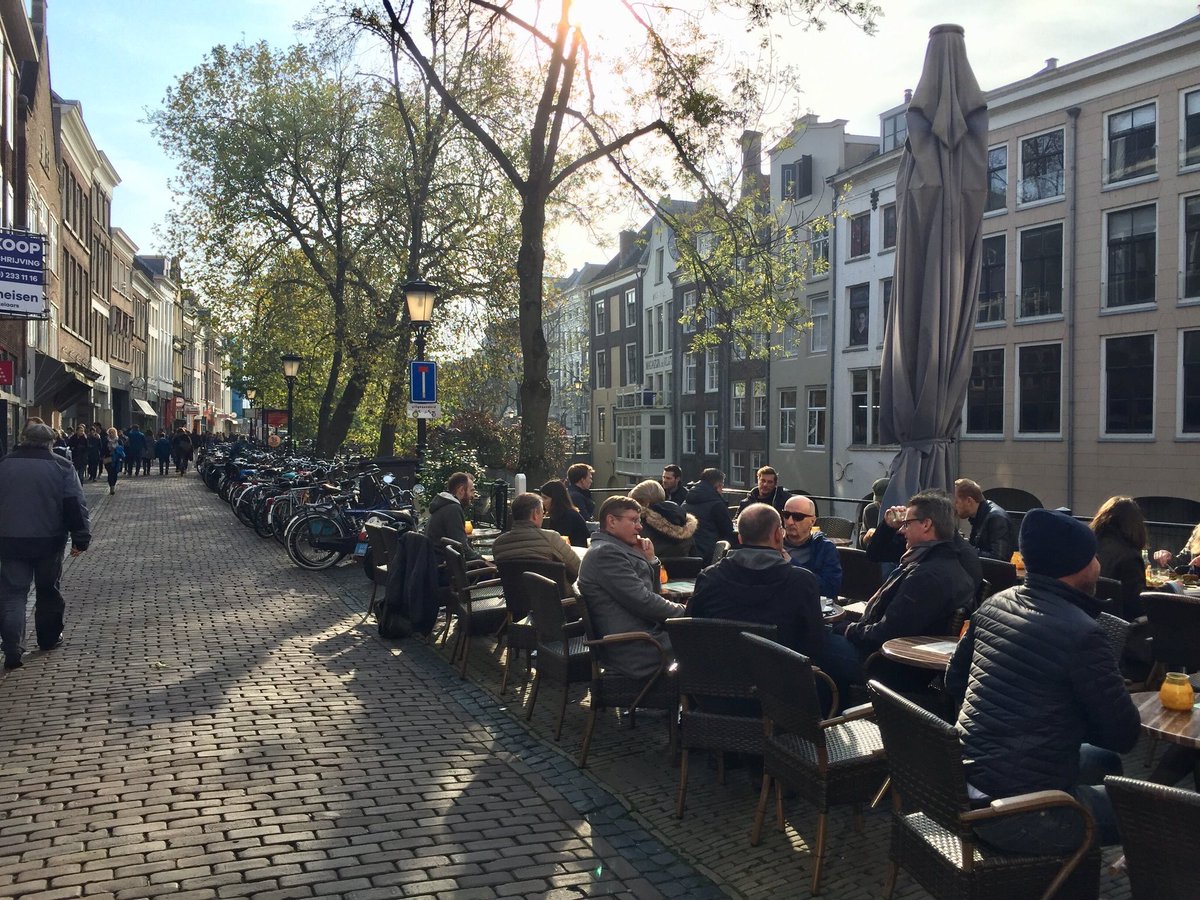
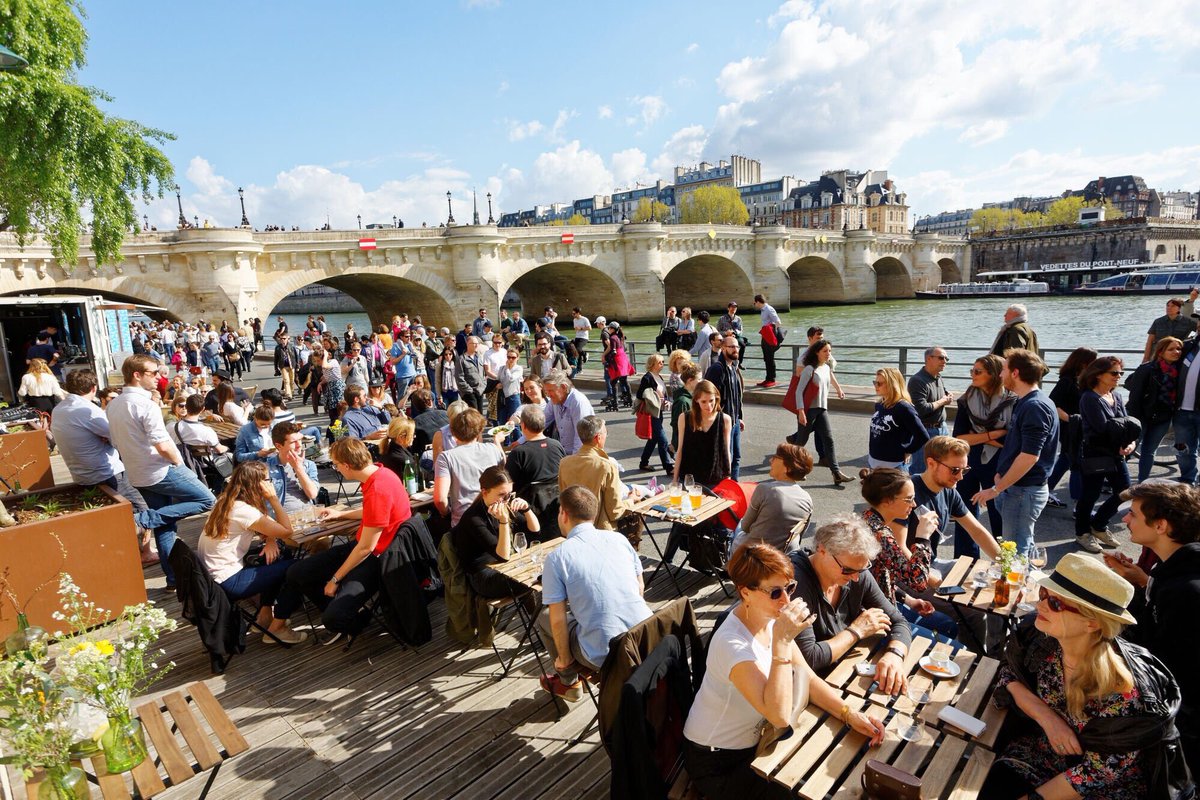
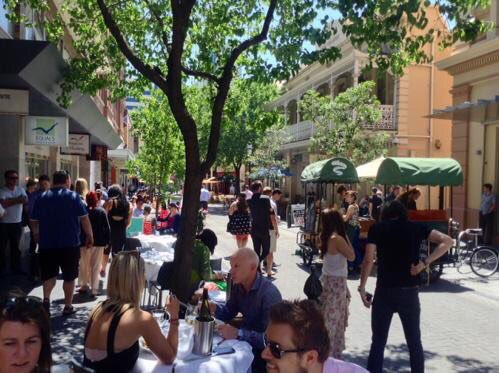
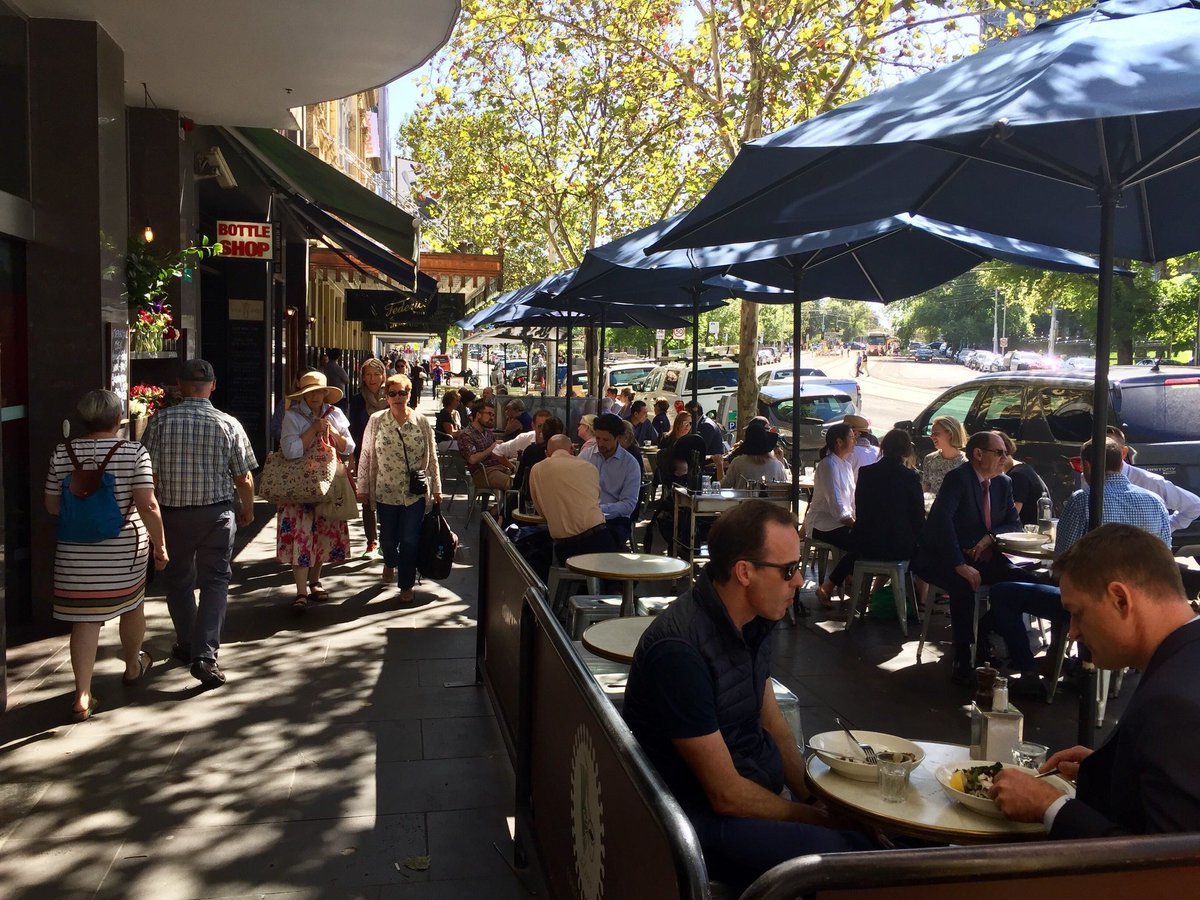
One of the easiest ways to make more #StickyStreets for people is by transforming street parking spaces into small people places, like #parklets, “#streateries” etc. On this #ParkingDay, don’t just admire these — commit to do MORE of them in your city, FASTER. #ParkingDay2018 



